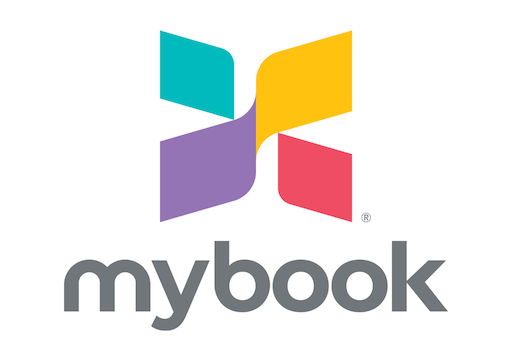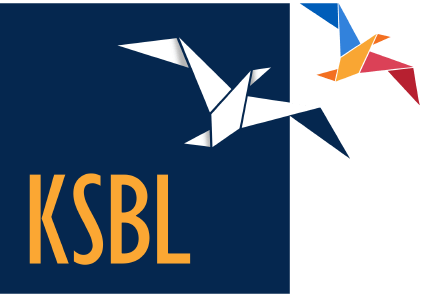
Tell Digital Marketing Requirements as Client: A Guide to Ensuring Success
Tell digital marketing requirements as a client is a crucial step in crafting a successful online presence. As businesses increasingly lean on digital platforms, understanding what you need and effectively communicating those needs to your digital marketing team can make all the difference. Whether you’re a small startup or an established brand, having a clear vision can guide both your strategy and your expectations.
Understanding Your Business Goals
To start, it’s essential to identify your business goals. Are you looking to increase brand awareness, drive traffic to your website, or boost sales? For instance, I once worked with a local bakery that wanted to double its online orders. Initially, they thought they needed a flashy Instagram presence, but we discovered together that building a user-friendly website and developing a clear email marketing strategy would be far more effective.
By aligning your digital marketing requirements with specific business objectives, you set the foundation for your strategy. Digging deep into your goals can help clarify what kind of digital marketing tactics will best suit your needs.
Defining Your Target Audience
Telling your digital marketing requirements also involves a clear understanding of your target audience. Who are your customers? What are their preferences and pain points? For a client I once helped, identifying their target audience was eye-opening. They assumed their demographic was young adults, but after some market research, it turned out that middle-aged professionals were their primary buyers. This insight not only redirected their marketing efforts but also helped refine the messaging across all channels to better resonate with their audience.
Choosing Your Channels
Next, consider which digital marketing channels are best for delivering your message. Do you prefer social media, email, SEO, or PPC campaigns? Each has its strengths and weaknesses. For example, if you’re a B2B company, LinkedIn might be more effective than Instagram. Meanwhile, e-commerce businesses often see great results from paid advertisements on platforms like Facebook.
When working with a digital marketing agency, be sure to communicate your preferences and past experiences with these channels. Maybe you’ve had fantastic results on Google Ads, so you want to prioritize that over social media.
Budgeting for Digital Marketing Needs
Budgeting is often the elephant in the room when discussing digital marketing requirements. Be honest about what you can afford. A common pitfall is underestimating the costs associated with a comprehensive digital strategy. I’ve seen clients set unrealistic budgets, only to be disappointed when the sought-after results don’t arise from a half-hearted investment.
Provide your marketing team with a clear budget range and discuss what you’re willing to allocate towards different channels. Your budget will significantly influence the strategy they develop for you, so it’s worth putting in the time to get it right.
Regular Communication and Feedback
Good communication is the cornerstone of successful collaboration in any project, and digital marketing is no exception. Set clear expectations for reporting and updates. Decide how often you want to check in—whether it’s weekly, bi-weekly, or monthly—and what metrics you expect to see. In my experience, clients who actively engage with their digital marketing teams tend to see better results. When you’re involved in the process, you can provide valuable insights that lead to adjustments and improvements along the way.
Being Open to Adjustments
Even with the best plans in place, flexibility is key. Digital marketing trends can change overnight, and being willing to adapt can mean the difference between success and stagnation. Don’t be afraid to give feedback or ask for changes if something isn’t working. For one client, a campaign strategy that originally focused on organic content had to pivot towards PPC after a couple of months of lackluster engagement. That adaptability helped elevate their campaign significantly.
Emphasizing Long-Term Relationships
Finally, remember that successful digital marketing isn’t about short-lived spikes but fostering long-term relationships with clients and customers. Establishing a connection with your audience is paramount. Maintain a consistent brand voice and engage with your followers on social media or through email newsletters.
Whenever you tell your digital marketing requirements, it’s always worthwhile to mention the importance of long-term strategies versus quick wins. Building a brand takes time and effort, but the long-term benefits are more rewarding.
FAQs
What are the essential elements of a digital marketing strategy?
A solid digital marketing strategy should include identifying your business goals, defining your target audience, selecting appropriate channels, establishing a budget, maintaining regular communication, and being open to adjustments.
How can I effectively communicate my digital marketing requirements?
Share your business goals, audience insights, channel preferences, and budget openly with your marketing team. Regular feedback and communication will also help ensure everyone is on the same page.
Why is flexibility important in digital marketing?
Flexibility is crucial because digital landscapes evolve continuously. Being willing to adapt your strategies in response to performance data and trends will help optimize your campaigns for better results.
Related Posts
Switch Lead Gen Expert: Effortless Steps for Success
In todays competitive landscape, becoming a switch lead gen expert can transform your approach to business growth. With a focus on building relationships and understanding your audience, youll discover...
Switch Social Media Consultant: Effortless Guide to Success
Switching social media consultants may seem overwhelming, but it can be your ticket to success! By finding the perfect fit for your brands vision and goals, you unlock the potential for growth and...












